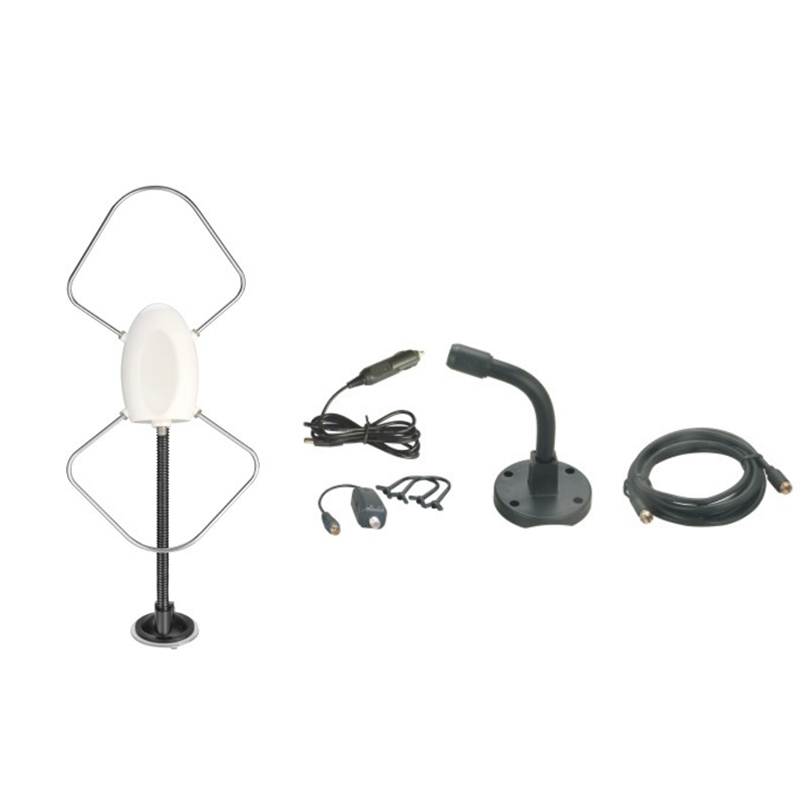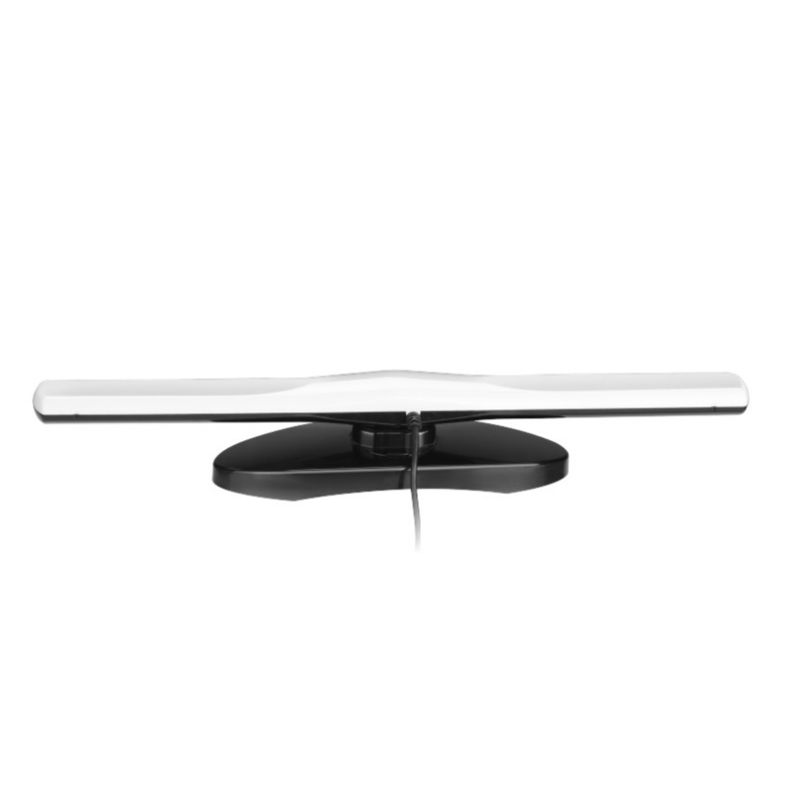Frequency range: 26.5- 28MHz SWR: ≤1.2:1 Max. power: 35W continuous 250W Short time Bandwidth at S.W.R. 2:1: 1900KHz Impedance: 50ohm Whip length: 1200mm Adjustment: 0~90° Cable Length: RG58/157" Po...
See DetailsHow to effectively reduce the reflection and scattering losses of CB Antenna?
In the field of wireless communications, especially when using Citizen Band (CB Radio) for long-distance communications, the performance of the antenna is directly related to the quality and distance of signal transmission. Reflection and scattering are two common signal loss mechanisms that can significantly reduce signal strength and clarity.
1. Optimize antenna design
a. Choose the appropriate antenna type: Different types of antennas have different effects on signal reflection and scattering. For CB Radio, common antenna types include whip antennas, spiral antennas, and ground planar antennas. Whip antennas are popular because of their simple structure and easy installation, but they may be interfered by ground reflections in some environments. Therefore, when selecting an antenna, comprehensive considerations need to be made based on the specific usage environment (such as terrain, building density, etc.).
b. Adjust the length of the antenna: The length of the antenna directly affects its resonant frequency and radiation efficiency. Ensuring that the antenna length matches the required operating frequency can minimize unnecessary reflections and scattering and improve signal transmission efficiency.
c. Use an impedance matcher: Adding an impedance matcher between the antenna and the transmitter or receiver can adjust the input impedance of the antenna to match the output impedance of the device, thereby reducing reflection losses caused by impedance mismatch.
2. Improve the installation environment
a. Stay away from interference sources: Install the antenna away from high-voltage lines, large metal structures and other objects that may cause electromagnetic interference to reduce the reflection and scattering of signals by external interference.
b. Appropriate height and angle: Raising the antenna installation height can reduce the impact of ground reflection on the signal. At the same time, unnecessary scattering losses can be reduced by adjusting the installation angle of the antenna so that it points in the target direction.
c. Ground effect utilization: When possible, use ground effects (such as ground reflection) to enhance the signal. For example, in flat, open areas, mounting the antenna slightly above the ground can take advantage of ground reflections to enhance signal coverage.
3. Use high-quality cables and connectors
a. Low-loss cable: Choosing low-loss, high-shielding cables as the connection line between the antenna and the device can reduce signal attenuation and interference during transmission.
b. High-quality connectors: Ensure that the connector between the antenna and the cable is of reliable quality and has good contact to avoid signal loss due to poor contact.
4. Regular maintenance and inspection
a. Clean the antenna: Clean the antenna surface regularly to remove accumulated dirt, ice and snow to maintain good radiation performance of the antenna.
b. Check cables and connectors: Regularly check the status of cables and connectors to ensure they are not damaged, aged or loose, and replace damaged parts in a timely manner.
c. Performance testing: Regularly perform performance testing on the antenna, including measurement of standing wave ratio (SWR), gain and other indicators to ensure that the antenna performance meets the requirements.
5. Use advanced signal processing technology
a. Digital signal processing (DSP): DSP technology is used at the receiving end to filter and equalize the received signal to reduce signal distortion and attenuation caused by reflection and scattering.
b. Coding and modulation technology: The use of advanced coding and modulation technology, such as spread spectrum communication, orthogonal frequency division multiplexing (OFDM), etc., can improve the anti-interference ability and transmission efficiency of the signal.
By optimizing antenna design, improving the installation environment, using high-quality cables and connectors, regular maintenance and inspections, and adopting advanced signal processing technology, CB Antenna's reflection and scattering losses can be effectively reduced and communication efficiency and quality improved. .

 English
English Español
Español













Contact Us